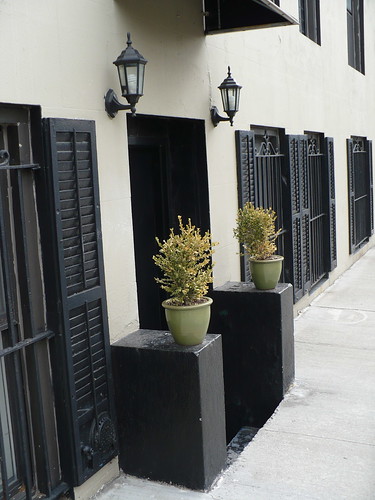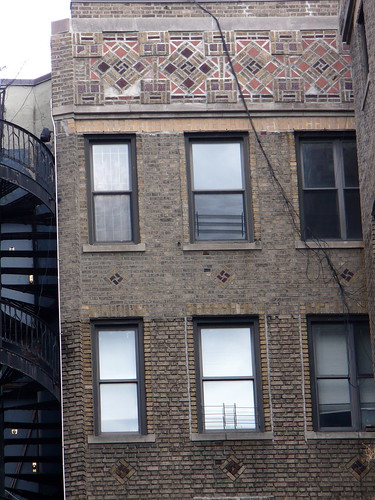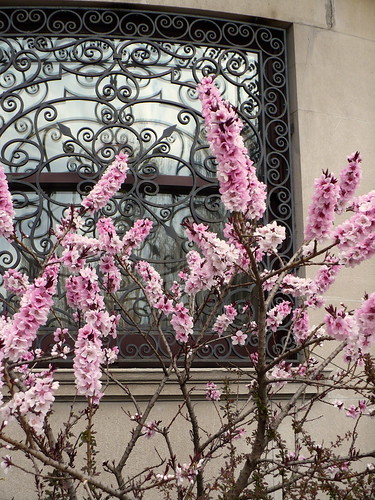The outskirts of Inwood Hill Park look like a typical city park, very pretty in the spring.
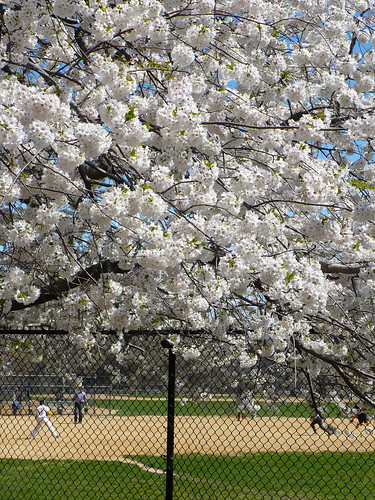
Further in, you start getting some more of the local history. Like, here is what some people believe is the exact spot where the Dutch purchased Manhattan for a paltry sum.
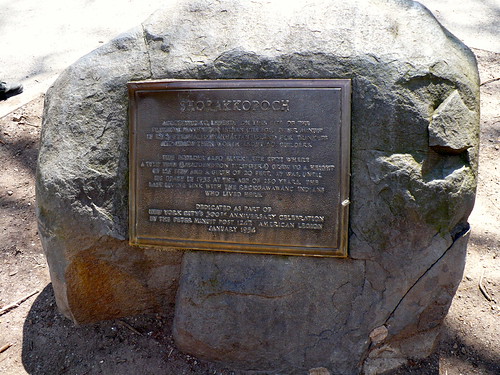
As discussed by the ranger, the Dutch and the Native Americans appeared to have different ideas of what the transaction meant (there's an interesting discussion of it here).
The spot, marked by a boulder called Shorakkopoch Rock, used to be the site of a massive, centuries-old tulip tree that was eventually cut down.
Nearby, there are still other tulip trees soaring up.
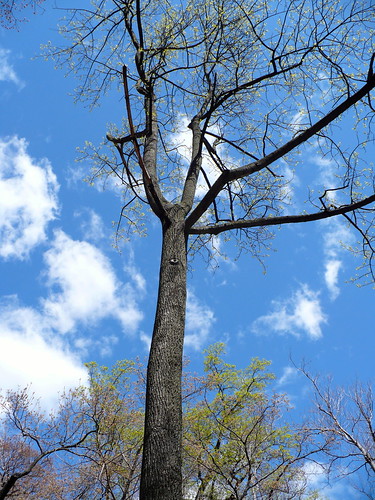
And more large trees in the interior of the park, like this cottonwood.
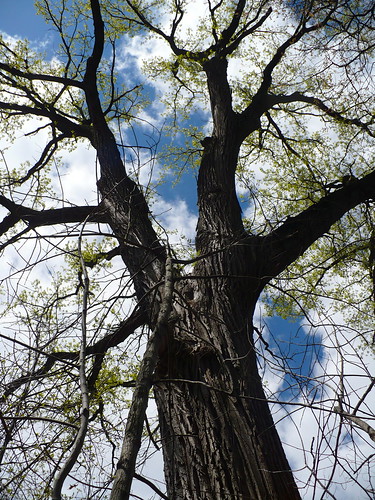
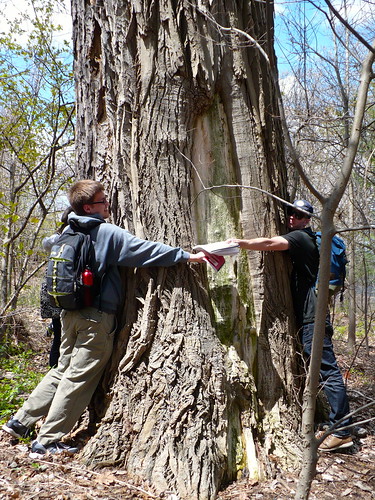
Going into the park is like taking a walk in the woods; it doesn't feel like a park.
Along with the trees, there are huge boulders, scarred by glacial activity.
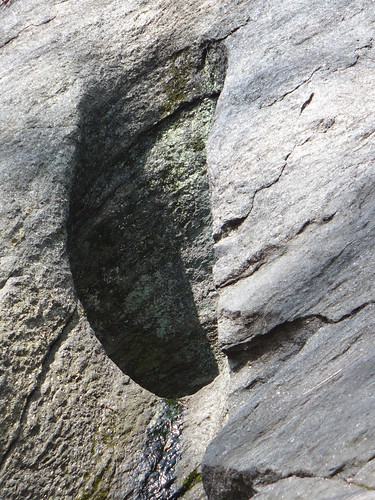
And places where trees don't grow, because there are buildings (or foundations of buildings) under the ground. On this spot, there used to be an asylum for women and girls (often they were unwed mothers).
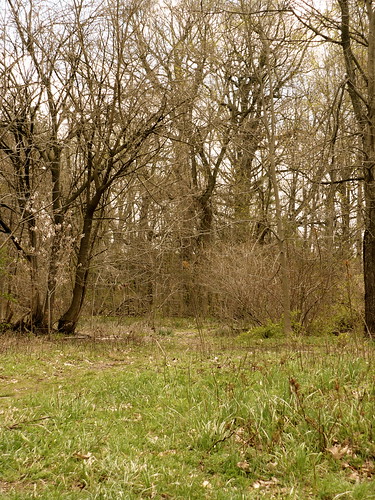
And from many points in the park, there's a view of the Hudson River.
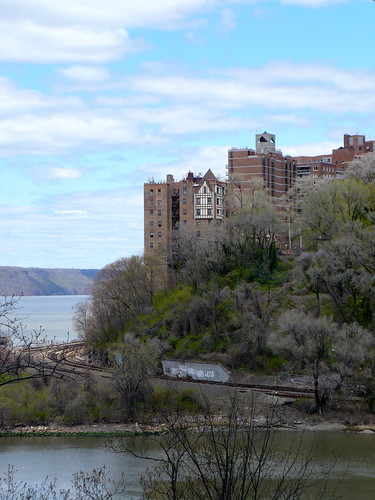
Along with the New Jersey Palisades across the river.
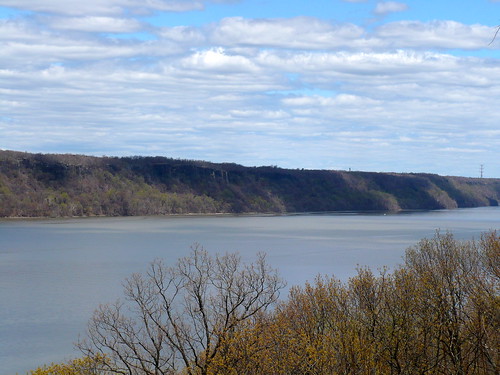
And railway bridges that coyotes use to sneak into Manhattan.
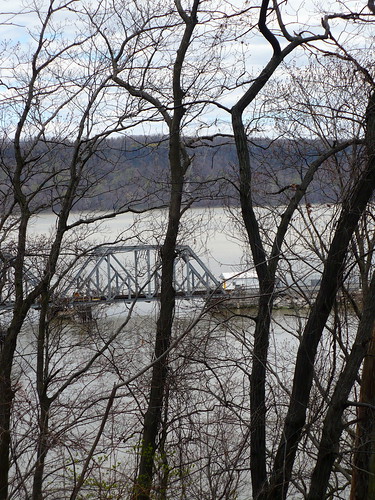
Inwood Hill Park is beautiful.
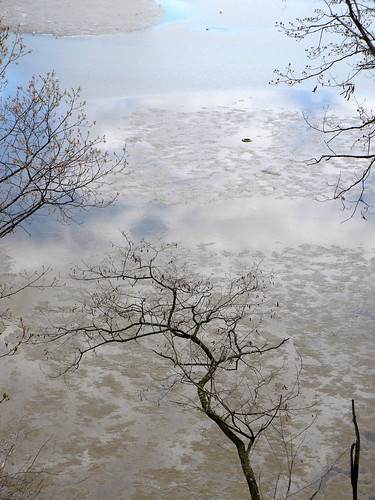
Even when parts of it testify to violence and well-intentioned but ineffectual efforts on the part of the city government. Such as the "Lindsay Lights." John Lindsay, who was mayor of NYC from 1966 to 1973, installed these lamps in the park in part to "tame it" at night, to make the place less inviting to gangs and more attractive to law-abiding locals who might want to take a stroll in the evening. Within a week or so, the lamps were all smashed up, and remain broken to this day.
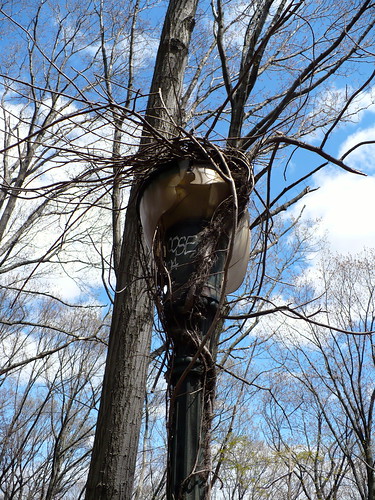
After the tour of Inwood Hill Park, it was time to head south.
I skirted the edges of Fort Tryon Park.
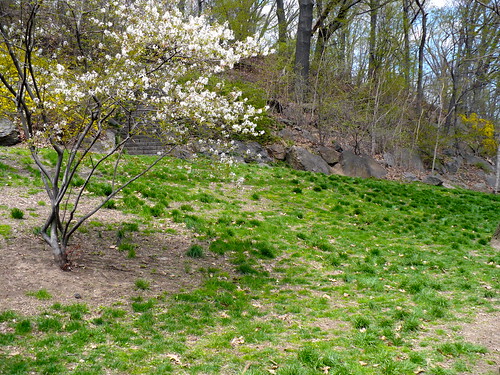
Explored some lovely neighborhoods in Northern Manhattan.
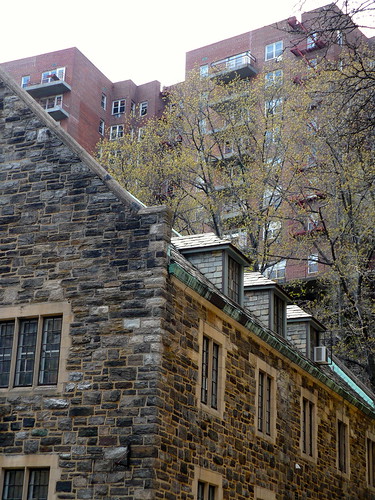
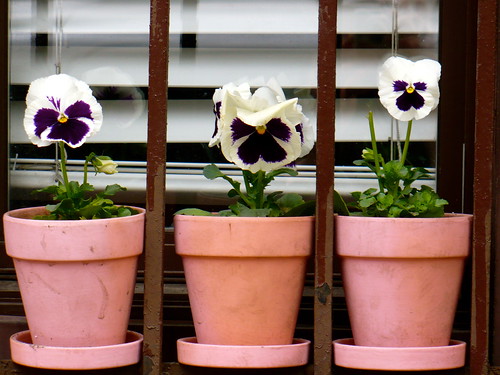
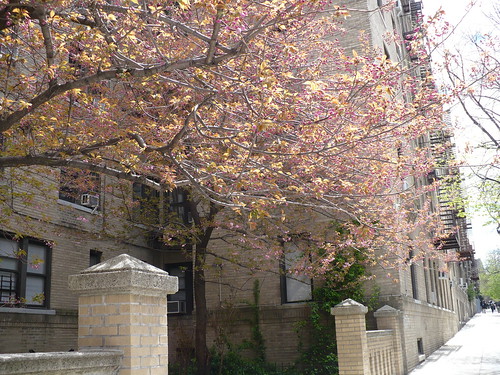
Passed the entrance to the George Washington Bridge, which gets more motor vehicle traffic than any other bridge in the world.
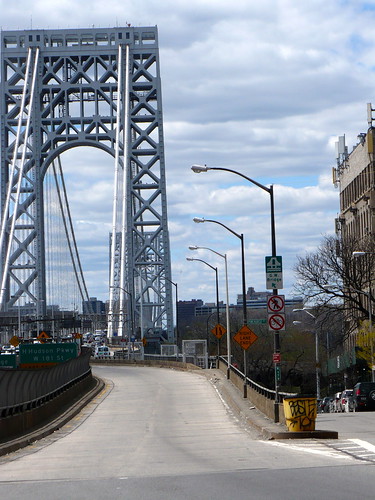
Then through the Columbia University Medical Center.
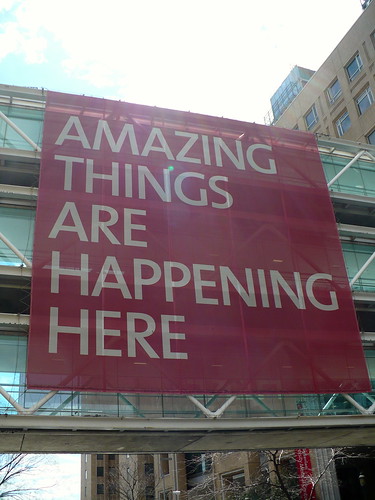

And then onto Riverside Drive.
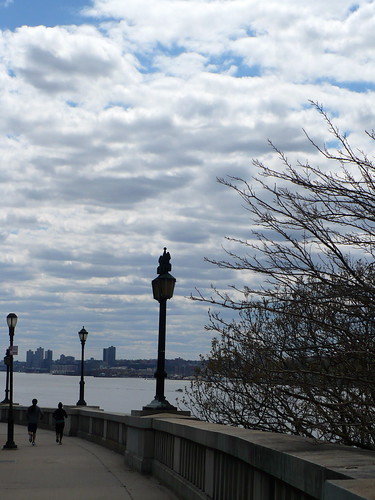
With its view of the Hudson River.
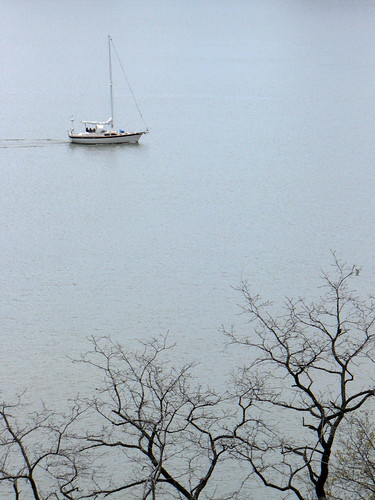
And other landmarks.
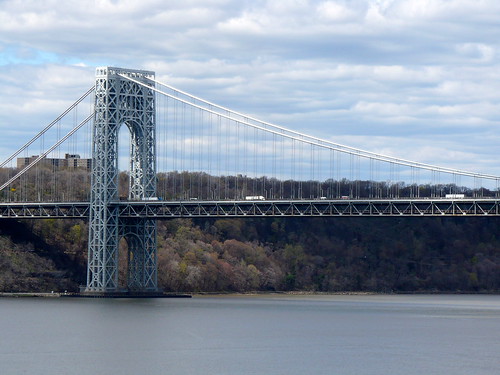
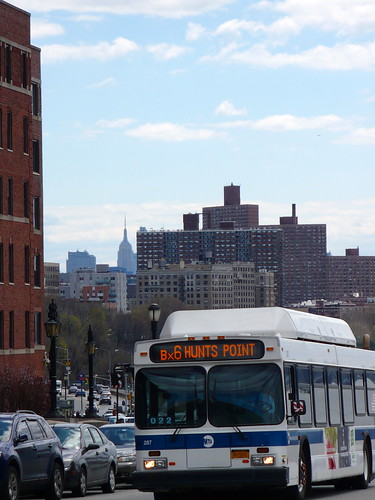
In the mid-150s, you can see Trinity Church of Upper Manhattan (last year, I took a tour of it on a walk through Washington Heights).
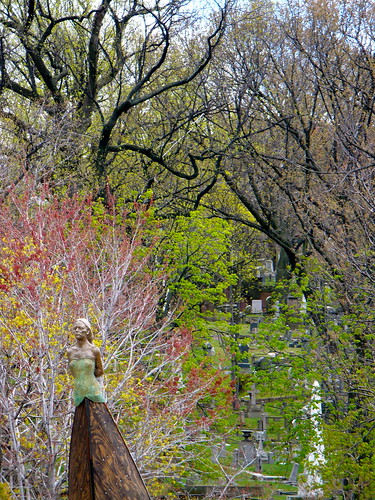
But you don't need landmarks to make this walk worthwhile. The ordinary is beautiful.
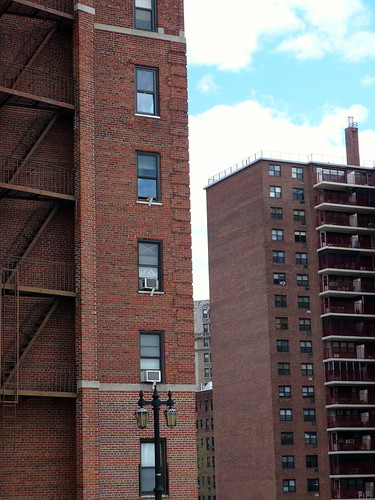
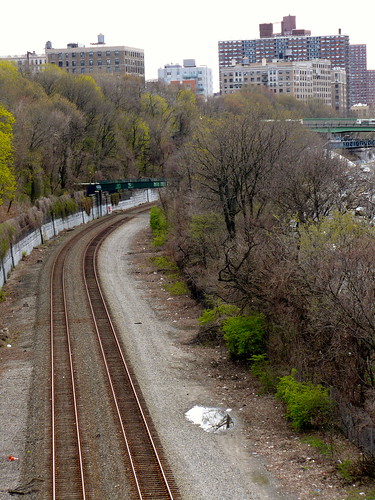
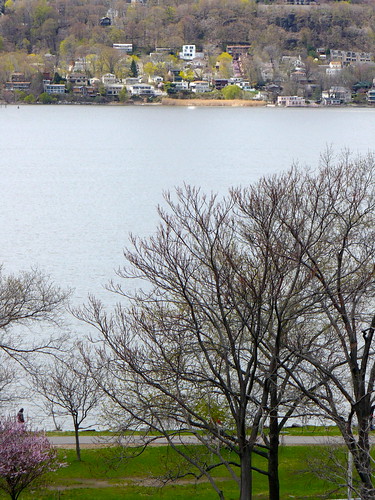
The trees were a dream.
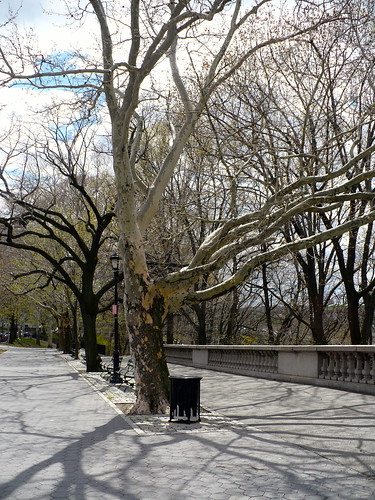
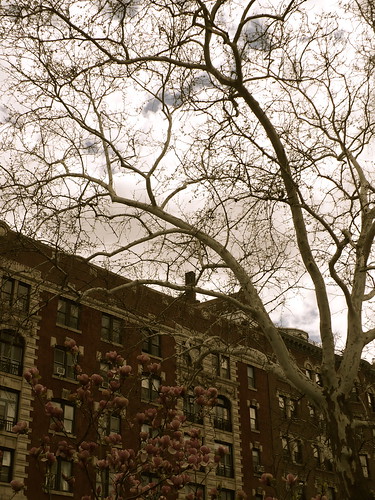
And they cast their spell on landmarks like Grant's Tomb, Riverside Church and The Soldiers' and Sailors' Monument.
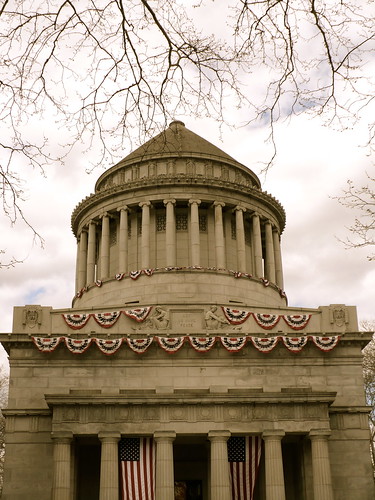
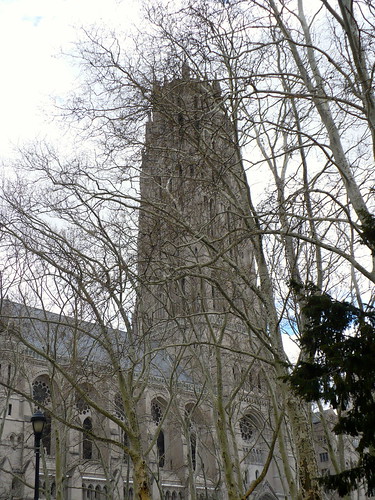
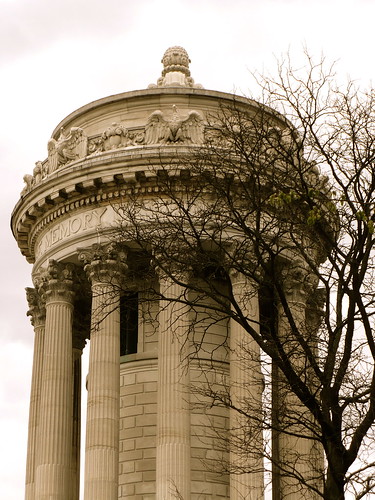
Riverside Drive is exquisite architectural detail co-existing with natural beauty, and works of art leaping out from time to time (like a statue of Joan of Arc).
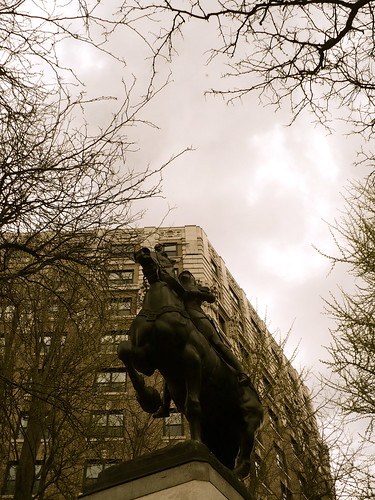
On every block, the unexpected.
